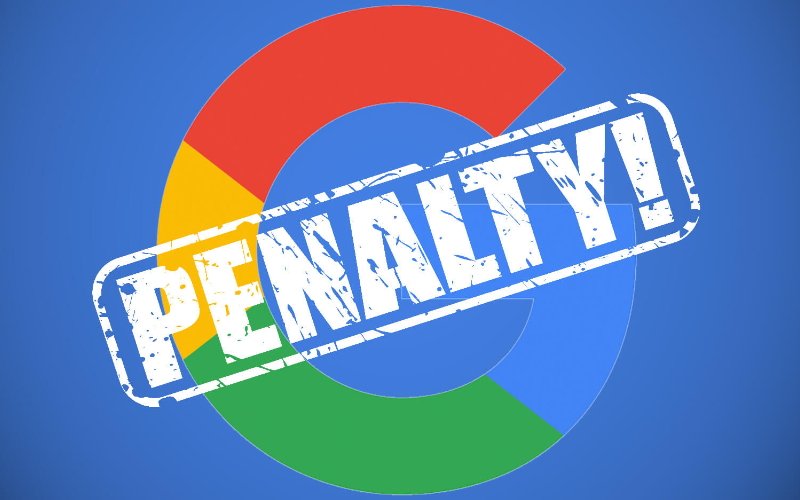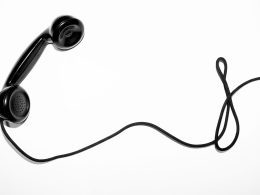Introduction
In the complex digital marketing world, SEO for adult sites plays a crucial role in achieving visibility, driving organic traffic, and ensuring long-term sustainability. However, when an adult site experiences a sudden and significant drop in its search engine rankings, it’s often the result of a Google penalty. These penalties can be devastating—slashing traffic, hurting conversions, and damaging brand credibility. Recovering from such a setback is challenging but entirely possible with the right strategies, analysis, and ongoing optimization. This guide explores the process of recovering an adult website from a Google penalty and how to safeguard it from future infractions.
Step 1: Identify the Penalty
Before taking corrective measures, you must determine whether the penalty is manual or algorithmic:
1. Manual Action Detection
- Log into Google Search Console
- Check the Manual Actions section
- Review the description and affected sections
If Google has penalized your site manually, you’ll find an explicit reason and guidance on what to fix.
2. Algorithmic Penalty Detection
Algorithmic penalties don’t come with a warning. To identify one:
- Use tools like Google Analytics and Google Search Console to spot sudden traffic drops
- Compare the drop date with known algorithm update timelines (e.g., Penguin, Panda, Helpful Content)
- Use tools like SEMrush, Ahrefs, or Moz to compare ranking patterns
Step 2: Conduct a Thorough Site Audit
Perform a complete SEO audit to uncover violations or weaknesses. Key areas to examine include:
1. Link Profile Analysis
One of the most common reasons for penalties—especially on adult sites—is a toxic backlink profile. Use tools like Ahrefs, Majestic, or SEMrush to:
- Identify links from spammy or irrelevant domains
- Review anchor text diversity
- Detect link networks or PBNs (Private Blog Networks)
- Use Google’s Disavow Tool if you identify links that you cannot remove manually
2. Content Quality
Google penalizes duplicate, thin, or low-value content. Review your site for:
- Duplicate pages (especially if you have multiple categories or regions)
- Auto-generated content
- Keyword-stuffed articles
- Poor readability or lack of original value
Revamp content to ensure it’s unique, helpful, and aligns with user intent.
3. On-Page Optimization
Over-optimization can also lead to penalties. Check for:
- Repetitive use of exact match keywords
- Overuse of H1 tags
- Unnatural internal linking
- Poor mobile experience or intrusive interstitials
Balance SEO best practices with user-centric design.
4. Technical SEO Issues
Ensure your site is technically sound:
- Fix crawl errors and broken links
- Check for hidden text or cloaking
- Ensure HTTPS is in place
- Improve page speed and Core Web Vitals
Step 3: Fix All Identified Issues
Once you have a list of problems, create a priority list and start addressing them.
1. Cleaning Up Backlinks
- Reach out to webmasters and request removal of toxic links
- Use the Google Disavow Tool cautiously to neutralize the impact of bad links
- Stop all black-hat link-building practices immediately
2. Revise or Remove Low-Quality Content
- Rewrite thin or duplicated pages
- Add multimedia, FAQs, schema markup, or expert opinions to increase content quality
- Consolidate redundant content into pillar pages or topic clusters
3. Improve User Experience
- Reduce intrusive ads and pop-ups
- Ensure quick load times
- Optimize for mobile and tablet users
- Simplify navigation and content structure
4. Implement Ethical SEO Practices
Start shifting from risky tactics to sustainable SEO techniques:
- Guest posting on reputable niche websites
- Building niche-relevant, natural backlinks
- Creating high-quality, keyword-rich blogs that inform and engage users
Step 4: Submit a Reconsideration Request (If Manual)
If your penalty was manual, once all issues have been fixed:
- Write a detailed reconsideration request: Explain the steps taken, what was fixed, and your commitment to following best practices.
- Be honest: Don’t deny violations—own up and show proof of correction.
- Wait patiently: It can take several weeks for Google to review and respond.
If approved, your site will slowly begin to regain rankings. If denied, carefully review feedback and take further corrective actions.
Extra Tips for Adult Sites
Here are a few adult-industry-specific tips:
- SafeSearch Compliance: Even though adult content is allowed, your pages need to be labeled properly (meta tags like “adult,” “explicit,” etc.)
- Avoid Pop-Unders and Auto-Play: These lead to poor user experience, which Google may flag.
- Use a Clear Sitemap: Make it easier for Google to crawl your content.
- Avoid Cloaking: Don’t show different content to users and Googlebots.
Tools That Can Help You Recover
Here are some must-have tools for adult webmasters:
| Tool | Use Case |
|---|---|
| Google Search Console | Track penalties and indexing |
| Ahrefs / Semrush | Backlink audit and cleanup |
| Screaming Frog | On-site SEO issues and crawl data |
| GTmetrix / PageSpeed Insights | Speed and technical SEO |
| Copyscape / Grammarly | Content originality and quality |
Conclusion: Learning from Online Casino SEO
Recovering an adult site from a Google penalty is no small task, but it is achievable through transparent practices, quality content, and ongoing diligence. It’s a process that tests your resilience and SEO skills, but the reward is a clean, sustainable presence in a highly competitive industry.
Interestingly, parallels can be drawn with Online Casino SEO, another niche heavily scrutinized by Google. Success in both spaces depends on striking a balance between aggressive marketing and ethical SEO. By learning from algorithm patterns, building genuine authority, and focusing on user experience, adult site owners can bounce back stronger—and smarter—from even the harshest penalties.












